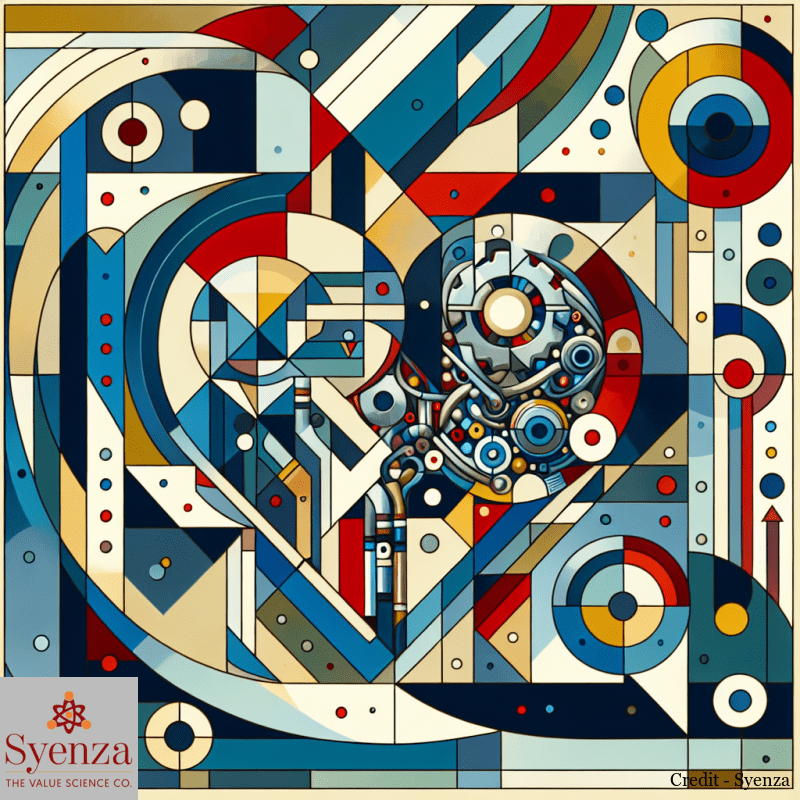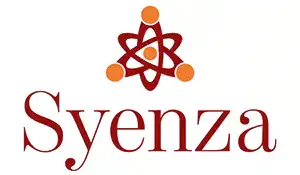Are mechanical aortic valves the overlooked champions in long-term patient survival? A recent article compared the long-term clinical outcomes in patients 50–70 years receiving biological versus mechanical aortic valve prostheses. This research provides valuable insights into the clinical effectiveness of different valve types.
Objectives
The primary objective was to compare long-term survival among patients receiving mechanical or biological aortic valve prostheses. Secondary objectives included assessing trends, early clinical outcomes, the need for repeat valvular intervention, and the effect of valve size and patient-prosthesis mismatch (PPM) on long-term outcomes.
Methods
The study included all consecutive patients 50-70 years who underwent isolated SAVR from 1996 to 2023. The study excluded patients with acute or chronic infective endocarditis, those undergoing emergency or salvage procedures, those with previous cardiac surgery, and recipients of an allograft or homograft.
The local audit committee approved the study, waived individual patient consent, and used prospectively collected data. The researchers divided patients into two groups based on whether they received a biological or mechanical prosthesis. Statistical analysis involved Pearson’s chi-squared test, Wilcoxon rank-sum test, and one-way/multifactor analysis of variance, with IPTW (inverse probability of treatment weighting) applied to balance covariates between the groups. The researchers used Kaplan–Meier plots and log-rank analysis to compare survival curves.
Results
The results indicated no significant differences in cardiopulmonary bypass time, aortic cross-clamp time, and in-hospital mortality. Similarly, return to theatre, neurological events, post-operative need for dialysis, or deep sternal wound infection were not different between the two groups. Notably, patients who received mechanical aortic valve prostheses showed better long-term survival compared to those with biological prostheses (log-rank, P < 0.001). However, there was no significant difference in freedom from repeat valvular intervention between the groups.
The study highlighted the significance of PPM, particularly with smaller-sized valves. Severe PPM was associated with poorer short-term and long-term outcomes. The incidence of severe PPM was higher in this study compared to other reports, such as the PARTNER trials.
Conclusion
This study is limited by its single-institution design, retrospective nature, and lack of randomization, which may introduce various biases. Also, the absence of echocardiographic information and potential residual biases due to unmeasured confounders were noted.
The findings suggest that mechanical aortic valve prostheses may offer superior long-term survival benefits for patients aged 50-70 years. This is particularly true with smaller-sized valves. This challenges the prevailing trend favoring biological valves in this demographic. The authors emphasize the need for careful consideration of the longevity benefits associated with mechanical valves, despite the requirement for long-term anticoagulation.
The study has notable implications for decision-making in SAVR for individuals in the 50-70 age group. It suggests a reconsideration of the choice between biological and mechanical aortic valve prostheses based on long-term survival benefits and the impact of PPM.





